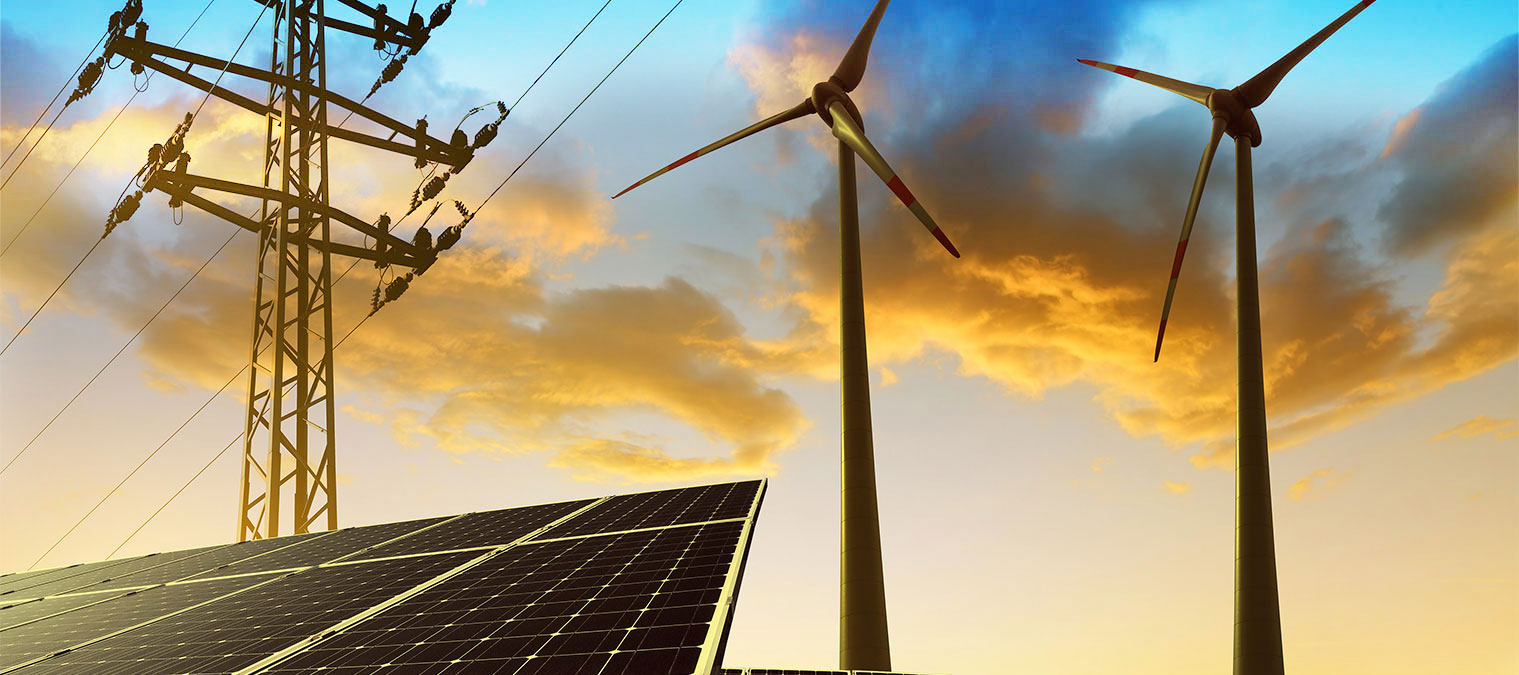According to data from the International Energy Agency (2020) and the Ministry of Environment, Forest and Climate Change (2018), it is estimated that more than 90% of CO2 emissions from the transport sector is from road transport. The Government of India (GoI) has taken several steps to electrify the transport sector. In 2013, India expanded its decarbonisation vision by launching the National Electric Mobility Mission Plan (NEMMP) for 2020.
At the state level, Karnataka was the first state to act with the announcement of the Karnataka Electric Vehicles and Energy Storage Policy (KEVESP) in 2017. The Policy was formulated to make Bengaluru the EV capital of India. The city provides a suitable ecosystem for research and development, technological advancements, and manufacturing1 of EVs and registers the maximum number of two-wheelers in the country. As per KEVESP 2017, the Government of Karnataka is targeting 100% EV adoption by 2030 in the private transport segment in Bengaluru. To promote EVs in the public transport segment, 1,500 EV buses will be introduced to the Bangalore Metropolitan Transport Corporation’s fleet in a phased manner in the next three years. In the goods transport segment, a 100% EV target is set for three-wheelers, four-wheelers, and mini-goods vehicles by 2030. The policy also encourages e-commerce and delivery companies operating in Bengaluru to adopt electric two-wheelers/three-wheelers to their fleet by 2030.
